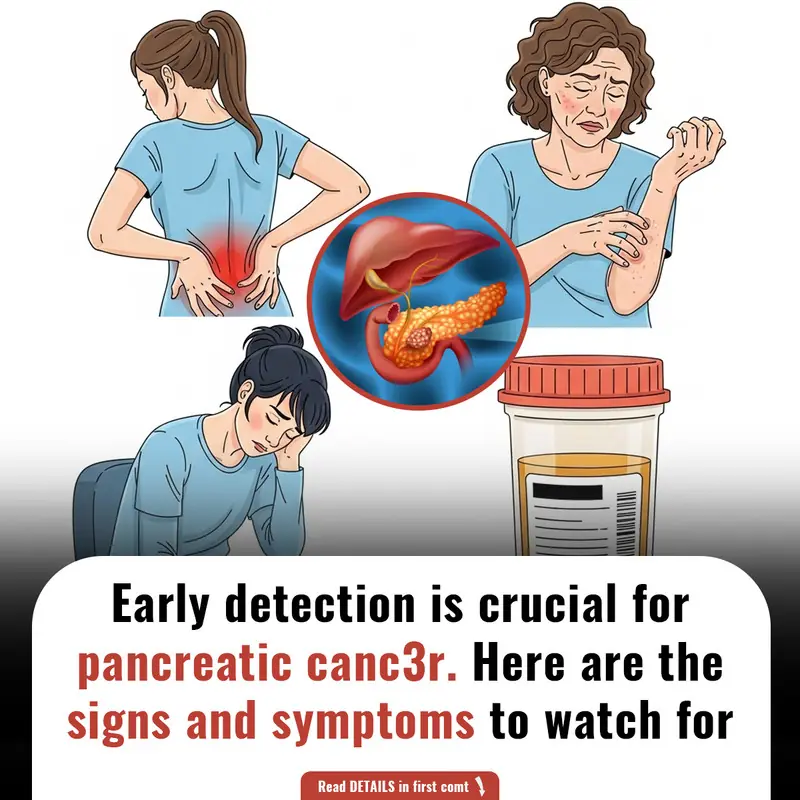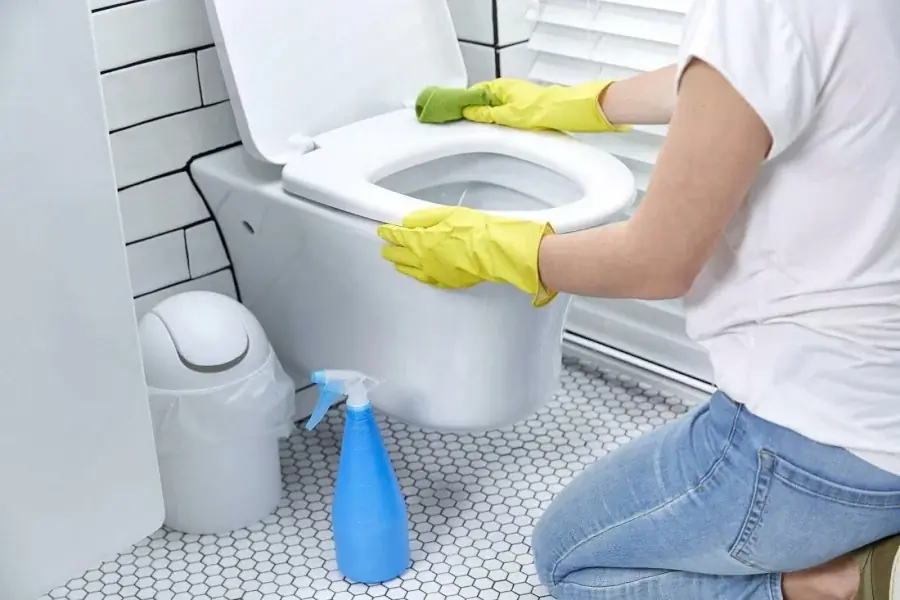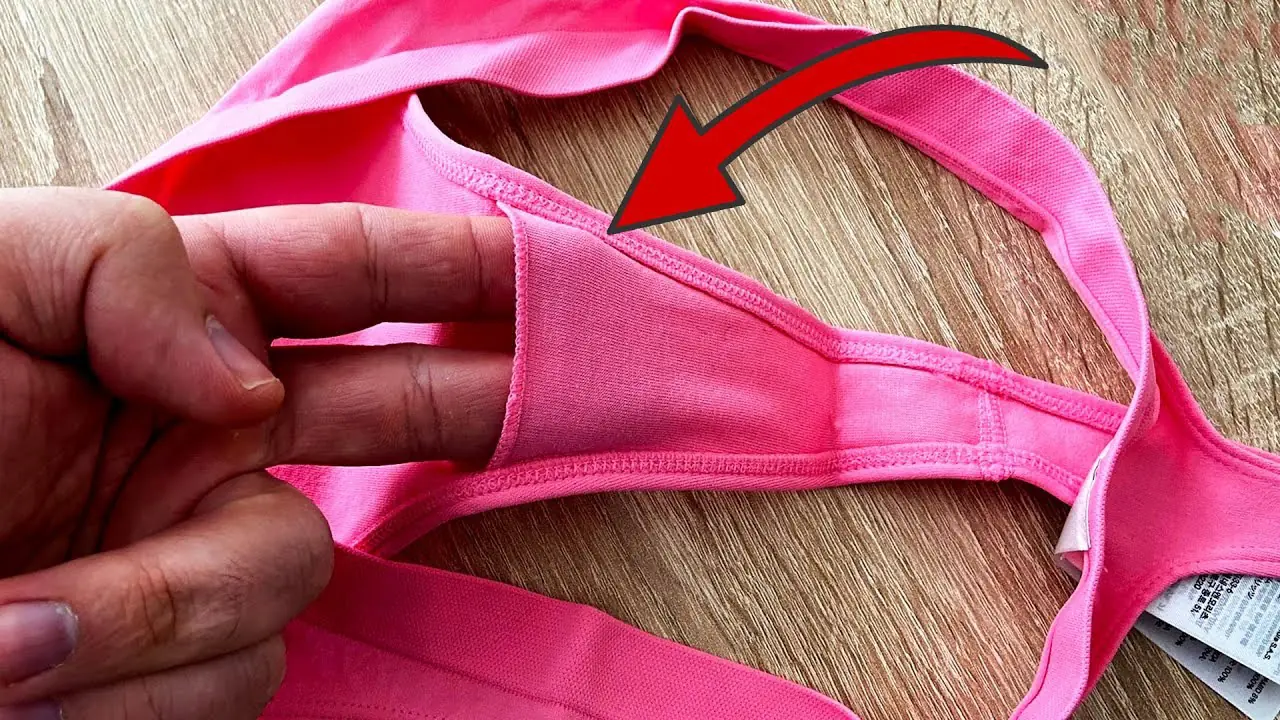
What to Do If a Mercury Thermometer Bre@ks: A Step-by-Step Guide to Safe Cleanup
Mercury thermometers, once common household items, are now considered hazardous if broken due to the toxic nature of mercury. This liquid metal can easily spread across surfaces, posing serious health risks if not cleaned up properly. While many newer thermometers have replaced mercury with safer alternatives, those still using mercury need to know what to do if their thermometer breaks. This article provides detailed steps on how to safely handle a mercury spill and what precautions to take to protect your health.
Identifying Mercury in Your Thermometer
Before cleaning up a mercury spill, it’s important to first determine if your thermometer contains mercury. Older non-digital thermometers often contain this toxic liquid metal, while newer thermometers typically use alcohol or other non-toxic substances.
To identify mercury, follow these simple guidelines:
-
Color of Liquid: If the liquid in the thermometer is silver, it is most likely mercury. However, if the liquid is any color other than silver (often red or blue), it is likely alcohol or another non-toxic substance.
-
Shape and Behavior: Mercury is a liquid metal that behaves differently from other liquids. When spilled, mercury forms small droplets that combine into larger spheres. These droplets will roll on flat surfaces and break into smaller ones when pressure is applied.
-
Calibration Strip: Check for any "mercury-free" label on the thermometer. If you see this, the liquid is not mercury.
If you determine that your thermometer contains mercury, take immediate steps to ensure proper cleanup and disposal to minimize exposure.
What to Do Immediately After a Mercury Thermometer Breaks
If a mercury thermometer breaks, it's crucial to handle the situation with care to prevent exposure to toxic mercury vapors. Here's what you need to do:
-
Evacuate the Area: Have everyone leave the room immediately, including pets. Mercury vapors can be harmful if inhaled, especially in enclosed spaces. Open all windows and doors to ventilate the area and ensure fresh air circulation.
-
Do Not Allow Children to Help: Children should not assist in the cleanup due to their vulnerability to mercury exposure.
-
Prevent Spread of Mercury: Ensure that no one walks through the affected area, especially if their shoes may be contaminated with mercury.
Items Needed to Clean Up a Mercury Spill
To clean up a small mercury spill from a broken thermometer, you will need the following items:
-
Zip-lock plastic bags (4 to 5)
-
Trash bags (2 to 6 mils thick)
-
Rubber, nitrile, or latex gloves
-
Paper towels
-
Cardboard or squeegee
-
Eyedropper
-
Duct tape or shaving cream, and small paintbrush
-
Flashlight or small task light
-
Optional: Powdered sulfur (found in hardware stores or pharmacies)
Note: Powdered sulfur can help absorb small mercury droplets and reduce the risk of inhaling vapors.
Step-by-Step Guide to Cleaning Up Mercury
-
Put On Gloves: Always wear rubber, nitrile, or latex gloves to prevent direct contact with mercury.
-
Collect Broken Pieces: If the thermometer is shattered, carefully pick up any broken glass and place it on a paper towel. Fold the paper towel and place it in a zip-lock plastic bag.
-
Gather Visible Mercury Beads: Using a squeegee or a piece of cardboard, gently sweep the mercury droplets into a small cluster. Move slowly to avoid scattering the mercury further.
-
Search for Hidden Mercury: Use a flashlight to check for any additional mercury beads that may be hiding in cracks or under furniture. Hold the flashlight low to the floor in a dark room to identify shiny mercury droplets.
-
Use the Eyedropper: Carefully use an eyedropper to pick up the mercury beads and transfer them to a paper towel. If necessary, use cardboard or a similar object to roll the mercury into a bag.
-
Remove Small Mercury Beads: If small mercury droplets remain, apply shaving cream to a paintbrush and gently dot the area to pick them up. Alternatively, use duct tape to lift remaining glass fragments or small mercury droplets. Slowly peel the tape to avoid spreading the mercury.
-
Optional Step – Use Powdered Sulfur: If available, powdered sulfur can be sprinkled on the area to make the mercury more visible and bind it for easier cleanup. However, take precautions to avoid inhaling the sulfur powder, as it may be moderately toxic.
Disposal of Mercury and Contaminated Items
After collecting the mercury and all debris:
-
Place All Contaminated Materials in a Bag: All items used in the cleanup process, including gloves, tape, paper towels, and any broken glass, should be placed in a sealed plastic bag.
-
Dispose Properly: Take the sealed bag to a disposal facility that handles hazardous waste. Contact your local health department, fire department, or municipal waste authority for instructions on proper disposal according to local regulations.
-
Ventilate the Area: Continue ventilating the room for at least 24 hours after the cleanup to ensure that any remaining mercury vapors dissipate. You may also consider hiring a contractor to test the area for mercury vapors.
Health Risks of Mercury Exposure
Mercury is a toxic substance that can pose significant health risks when inhaled or ingested. Exposure to mercury vapors can lead to respiratory problems, kidney damage, and neurological symptoms. Symptoms of mercury poisoning may include tremors, headaches, muscle weakness, and irritability.
If you experience symptoms of mercury poisoning or feel unwell after a spill, seek medical attention immediately. For further information on health risks associated with mercury exposure, refer to the Agency for Toxic Substances and Disease Registry (ATSDR) or your healthcare provider.
Conclusion
Dealing with a broken mercury thermometer requires prompt and careful action to avoid contamination and exposure to toxic mercury vapors. By following the steps outlined above, you can safely clean up a mercury spill and minimize the risks to your health. Always ensure proper disposal of mercury-containing materials, and contact your local authorities for guidance if necessary.
Credit
This article is based on guidelines and information from the U.S. Environmental Protection Agency (EPA) and other trusted sources regarding the safe cleanup of mercury spills. For more detailed information on mercury handling and disposal, consult official health agencies or visit the EPA's website.
News in the same category


36-Year-Old Teacher Passed Away From Diabetes Doctors Say Was Triggered By Everyday Foods
Diabetes is a dangerous condition with numerous complications, and diet is a key factor.

Experts issue urgent warning about terrifying hidden symptom from taking Mounjaro and Ozempic
Experts have issued an urgent warning about a symptom that can come to light from taking drugs such as Mounjaro and Ozempic.

The Benefits of Epsom Salt Foot Soak: A Natural Remedy for Foot Pain and Health
Discover the health benefits of Epsom salt foot soaks, including pain relief, exfoliation, fungal infection treatment, and more. Learn how to safely use Epsom salt for foot health.

What Causes Blue Veins? Understanding the Reasons and When to Seek Help
Blue or green veins are common, but when should you worry? Learn the possible causes of visible veins, from genetics to lifestyle factors, and when it may indicate a medical condition.

7 Early Warning Signs of Diabetes You Shouldn’t Ignore: Act Now for Better Health
Learn about 7 early warning signs of diabetes that could be easily overlooked. Early detection can help manage diabetes, prevent complications, and improve quality of life. Read on for expert insights.

Genetic Link Between Endometriosis and Autoimmune Diseases Revealed in New Study
A new study has identified a shared genetic link between endometriosis and autoimmune conditions. Women with endometriosis are at a higher risk for diseases like rheumatoid arthritis, multiple sclerosis, and psoriasis.

People Warned to See a Doctor After Sharing Photo of Concerning Dark Line on Finger
A Reddit user received warnings to see a doctor immediately after posting an image of a dark line on their finger. Learn about melanonychia and why nail discoloration can be a serious health concern.

Breakthrough in Parkinson’s Treatment: Japanese Scientists Successfully Implant Lab-Grown Brain Cells
Japanese researchers have made a groundbreaking discovery in Parkinson’s treatment using lab-grown brain cells. Early results from the clinical trial show promising improvements in movement and dopamine production.

4 Simple Steps to Cool Your Home Faster and Save on Electricity Before Turning on the Air Conditioner

3-Blade vs. 5-Blade Fans: Which Cools Better? The Truth Behind Common Misconceptions

The Alarming Rise of Bowel C@ncer in Young Adults: Is Your Diet to Blame

United Airlines Passenger Punches Gate Agent, Kn0cking Them Out

Should You Close or Leave the Toilet Lid Open After Use? 90% of People Get It Wrong — Here's Why Your Bathroom Always Smells

4 Everyday Foods That Fuel C@ncer Cells

Fatty Liver Disease: A Silent Pathway to Liver C@ncer

The Hidden Purpose of the Pocket in Women's Underwear: More Than Just a Design Feature
In actuality, the "pocket" in women's underwear is actually a gusset, which serves a number very valid purposes.

This quick 'cup of tea' test could be a simple way to spot early signs of dementia in a loved one

A doctor has revealed a simple thumb test that can uncover a "ticking time b0mb" heart condition

Avocados are incredibly healthy, if using them incorrectly in these 3 common ways could actually have adverse effects
News Post

The Woman Who Walked Away: A Journey of Self-Discovery and Empowerment
A powerful tale of self-realization as Alina breaks free from a toxic relationship, finding strength and confidence after a painful breakup. Discover how she chooses her own path towards happiness and independence.

Silent Signals: Recognizing the Subtle Symptoms of Pancreatic C@ncer

The Earring in the Passenger Seat: A Suspicious Find Leads to a Truthful Confrontation
A woman finds a sh0cking truth after discovering a mysterious child’s drawing in her fiancé’s car. Suspicion, betrayal, and secrets unravel as she confronts him, ultimately deciding the fate of their relationship.

Am I Wrong for Not Laughing at My Fiancé's "Jokes" About Calling Off Our Wedding?
A bride-to-be is questioning her relationship after her fiancé repeatedly jokes about calling off their wedding. What happens when humor crosses the line into hurtful behavior?

36-Year-Old Teacher Passed Away From Diabetes Doctors Say Was Triggered By Everyday Foods
Diabetes is a dangerous condition with numerous complications, and diet is a key factor.

Experts issue urgent warning about terrifying hidden symptom from taking Mounjaro and Ozempic
Experts have issued an urgent warning about a symptom that can come to light from taking drugs such as Mounjaro and Ozempic.

The Benefits of Epsom Salt Foot Soak: A Natural Remedy for Foot Pain and Health
Discover the health benefits of Epsom salt foot soaks, including pain relief, exfoliation, fungal infection treatment, and more. Learn how to safely use Epsom salt for foot health.

What Causes Blue Veins? Understanding the Reasons and When to Seek Help
Blue or green veins are common, but when should you worry? Learn the possible causes of visible veins, from genetics to lifestyle factors, and when it may indicate a medical condition.

DIY Rice Cream for Radiant, Youthful Skin: The Japanese Secret to Erasing Wrinkles & Fine Line
With its powerful combination of rice, almond oil, and vitamin-rich ingredients, this rice cream provides nourishment, hydration, and antioxidant protection to your skin.

7 Early Warning Signs of Diabetes You Shouldn’t Ignore: Act Now for Better Health
Learn about 7 early warning signs of diabetes that could be easily overlooked. Early detection can help manage diabetes, prevent complications, and improve quality of life. Read on for expert insights.

5 Homemade Skin Toners for Smooth, Glowing Skin: Natural Remedies for Every Skin Type
By incorporating these toners into your daily routine, you can expect healthier, brighter, and more balanced skin without the use of harsh chemicals.

Genetic Link Between Endometriosis and Autoimmune Diseases Revealed in New Study
A new study has identified a shared genetic link between endometriosis and autoimmune conditions. Women with endometriosis are at a higher risk for diseases like rheumatoid arthritis, multiple sclerosis, and psoriasis.

Roasted Onion Peel and Garlic Peel Remedies for Grey Hair: Natural Solutions for Dark, Vibrant Hair
. Roasted onion peel and garlic peel offer effective, safe, and natural alternatives that can help you combat grey hair and restore youthful vitality.

People Warned to See a Doctor After Sharing Photo of Concerning Dark Line on Finger
A Reddit user received warnings to see a doctor immediately after posting an image of a dark line on their finger. Learn about melanonychia and why nail discoloration can be a serious health concern.

Breakthrough in Parkinson’s Treatment: Japanese Scientists Successfully Implant Lab-Grown Brain Cells
Japanese researchers have made a groundbreaking discovery in Parkinson’s treatment using lab-grown brain cells. Early results from the clinical trial show promising improvements in movement and dopamine production.

4 Simple Steps to Cool Your Home Faster and Save on Electricity Before Turning on the Air Conditioner

Effective Cumin Seed Detox Tonic for Belly Fat Reduction: Your Ultimate Guide to a Flatter Midsection
The cumin seed detox tonic is a natural, easy-to-make remedy that can help accelerate belly fat loss, improve digestion, and enhance overall health.

3-Blade vs. 5-Blade Fans: Which Cools Better? The Truth Behind Common Misconceptions

The Alarming Rise of Bowel C@ncer in Young Adults: Is Your Diet to Blame
